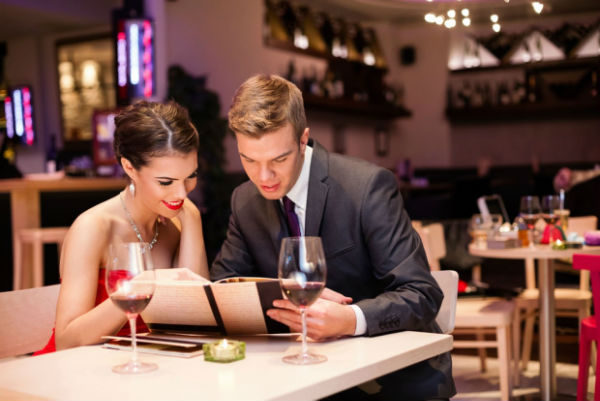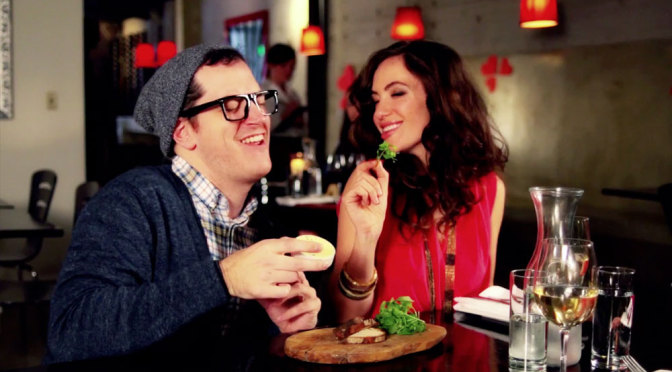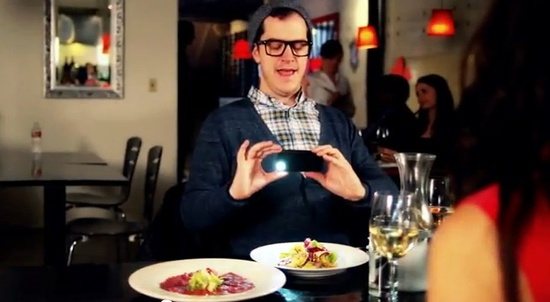Most nights in countless restaurants all over the globe, a healthy collective of random tables will order the exact same thing. They’re commonly referred to as the Chef’s “Signature Dishes” in today’s foodie nomenclature. I despise the term and so should you—if not for the simple reason that it sounds like a line of frozen microwaveable entrees. These tables don’t know each other, but they have a lot in common. “We heard the [blank] is a can’t miss—best in the city,” they’ll tell the waiter as they hand back the menus they never bothered to consider. It happens everywhere. They say they “heard” about it, but they really mean they spent three hours scouring articles on Google and swiping through countless Yelp images and reviews of the restaurant’s most popular dishes.
When people order this way where I work, our staff jokingly refers to it as the “Number 1”—our version of an upscale McDonald’s value meal. You learn to forgive them. They might never have a chance to dine with us again—whether because of the herculean task of securing a reservation or the trans-Atlantic distances they’ve traveled—but it doesn’t change the fact that they aren’t really experiencing the restaurant as it was intended. Signature dishes are poisoning our dining experiences. Our meals are becoming monolithic and our choices driven less by our personal tastes and more about the flawed wisdom of the masses.
Chefs put together their menus with the same thought and care as musicians do conceiving an album. Everything matters—from the order of the songs and the cover art to the recording equipment and the personnel in the studio. Our dining habits mirror the way we listen to music in the digital era—more and more diners follow popular trends and choose the hits over the deep cuts. We are more apt to click on the songs we know or the ones that come up at the top of the “Most Played” list when we search a particular artist. On the surface, we’re robbing ourselves of the joyful unpredictability of a spontaneous dining experience but, on a deeper level, of the possibility that we might actually prefer the tracks on Side Two. So why have diners become so fearful of flipping the record?

My dear friend the late, great Gina DePalma would occasionally stop serving her wildly popular Maple Mascarpone Cheesecake at Babbo—an embargo against the general public for ignoring the rest of her pastry menu. She poured so much of her heart and soul into her pastry program and loved all of her desserts like her children. If you asked her which dessert was her favorite, she’d demure like a proud mother. Eventually, she’d cave in and reinstate the Cheesecake just so she wouldn’t have to listen to everyone complaining about her taking it off all the time. Maybe she was also playing a little hard to get. Either way, selling thirty cheesecakes a night while a seasonal tart she’d labored over for weeks went unsold drove her nuts.
Is there a statute of limitations on how long an iconic dish is still essential to the experience of the restaurant? There should be. As time goes by, some chef’s “signatures” don’t have the same luster—like a graying 70’s lite rock artist signing the same song over and over years past his prime. The song doesn’t always remain the same. Yet like pop musicians who have throngs of fans, well-known chefs face backlash if they don’t cook the hits. It incensed the Bob Dylan faithful when he plugged his guitar into an amplifier. But it was necessary to his evolution as an artist; and he was probably sick of singing “Mr. Tambourine Man” every night. As much as his fan base yearned for the old Bob, most of those people didn’t stop listening to him. His updated sound also brought new fans into the fray. They understood that experimentation is part of the creative process. It’s the same with food, but we’ve become too casual as listeners. The best way to get to know a chef is by tasting the dishes on his or her menu that aren’t popular.
As an audience, we affect the type of music chefs play. If we order conservatively, they’ll cook conservatively. We need to be more supportive of chefs when they have the courage to abandon the past and carve new paths. To accomplish this, we need to rearrange our mindset about what it means to be disappointed with what we’ve ordered. Dining is fraught with risk. It costs the same money whether you like what you’re eating or you don’t. As the expense of dining out has risen, so too has our proclivity to hedge—making safe choices and following the herd. But we need to understand that hedging, while limiting losses, also limits profits. Having someone you don’t know cook for you is already a leap of faith. But, in a restaurant, it’s so much more exciting to jump without a net.



